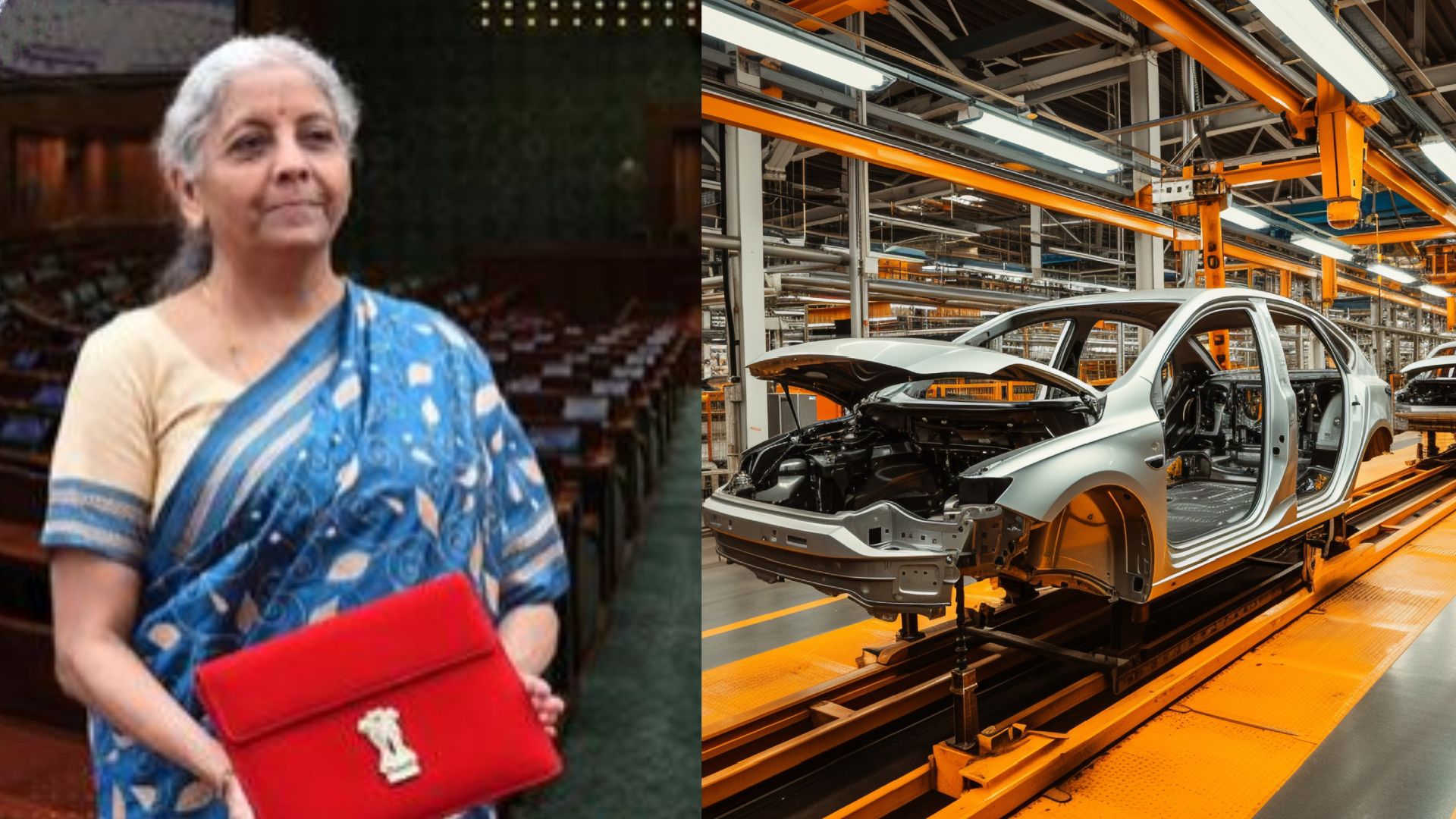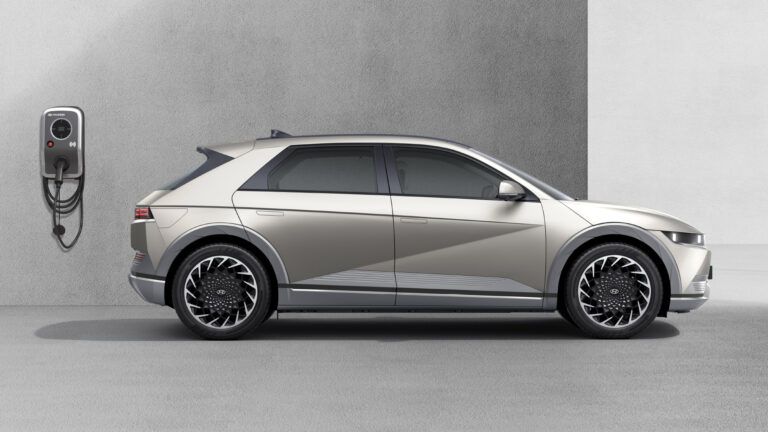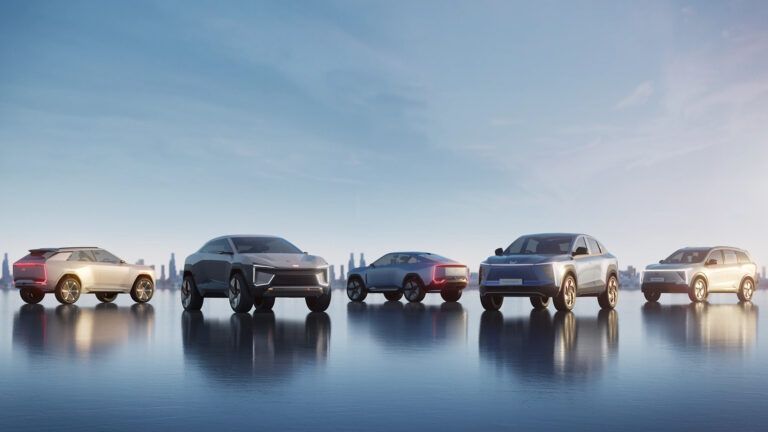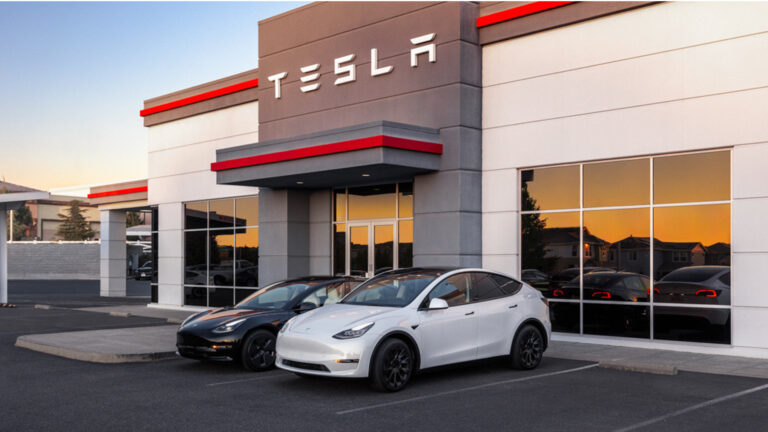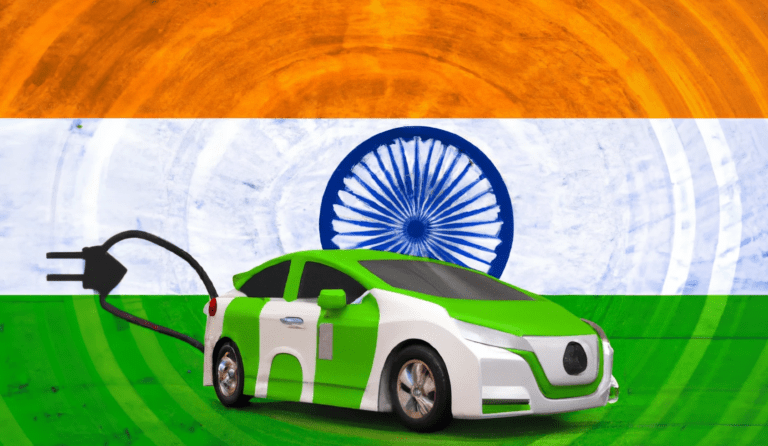Today, Finance Minister Nirmala Sitharaman began her seventh consecutive Union Budget presentation. This budget is the first for Modi 3.0 and the NDA since their victory in the 2024 Lok Sabha elections.
The automotive industry was hoping for financial assistance to enhance localization. But the finance minister Nirmala Sitharaman did not discuss the automotive sector in her FY25 budget speech.
However, the Finance Ministry exempted import duties on 25 minerals, including lithium, copper and cobalt. This decision aims to cut down manufacturing costs of batteries, which will lead to reduced prices for electric vehicles.
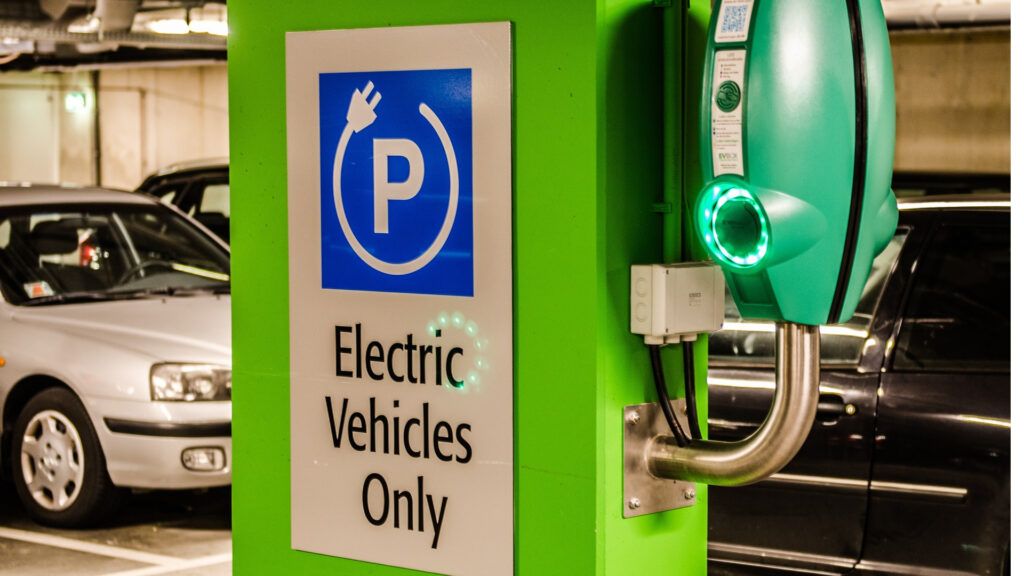
FAME 3 Subsidy Extension
As previously stated by the Minister of Heavy Industries, HD Kumaraswamy, FAME III was neither mentioned nor likely included in Budget 2024. Yet, according to budget projections, the allocation for FAME in FY25 is set at ₹2,671.33 crore, down from ₹5,171.97 crore allocated in FY24 budget estimates.
The government launched the FAME subsidy to promote the adoption of electric vehicles in India. FAME I and II initiatives saw a significant rise in EV purchases, especially during the pandemic when personal mobility increased.
FAME II was launched in 2019 with a budget of Rs 10,000 crore over three years. The government aimed to subsidize EVs in various categories, such as two-wheelers, four-wheelers, and commercial vehicles.
The government extended the policy for two years, ending on March 31, 2024. The Electric Mobility Promotion Scheme 2024 (EMPS), offering incentives reduced by 50% compared to its predecessor, replaced the FAME II. EMPS remains active until July 31, 2024, with the budget significantly reduced to Rs 500 crore.
However, EVs have had a sluggish start in FY2025 due to reduced benefits. Further delay in the scheme will hinder the growth of sales and adoption of electric vehicles.

New Government EV Policy
Earlier this year, the government announced a new EV policy to attract foreign automakers to establish manufacturing facilities in India. Under this policy, companies like Tesla and VinFast could import their vehicles initially with a lower customs duty rate of 15%. This is a significant reduction from the current rate of 75%.
Additionally, these companies would have the permission to import 8,000 vehicles annually. But they would need to commence construction of manufacturing plants within three years, achieving 25% localization during this period. And within five years of opening the plant, this percentage would increase to 50%.
However, there has been minimal progress since the announcement, either by the government or the foreign automakers.
According to Budget 2024, the government aims to promote job growth in the manufacturing sector, impacting about 30 lakh youth directly. Skilled labour can play a crucial role in boosting the EV market’s expansion in India. However, the government should prioritize reducing GST rates on raw materials to ease financial burdens on manufacturers, which will ultimately benefit consumers.

